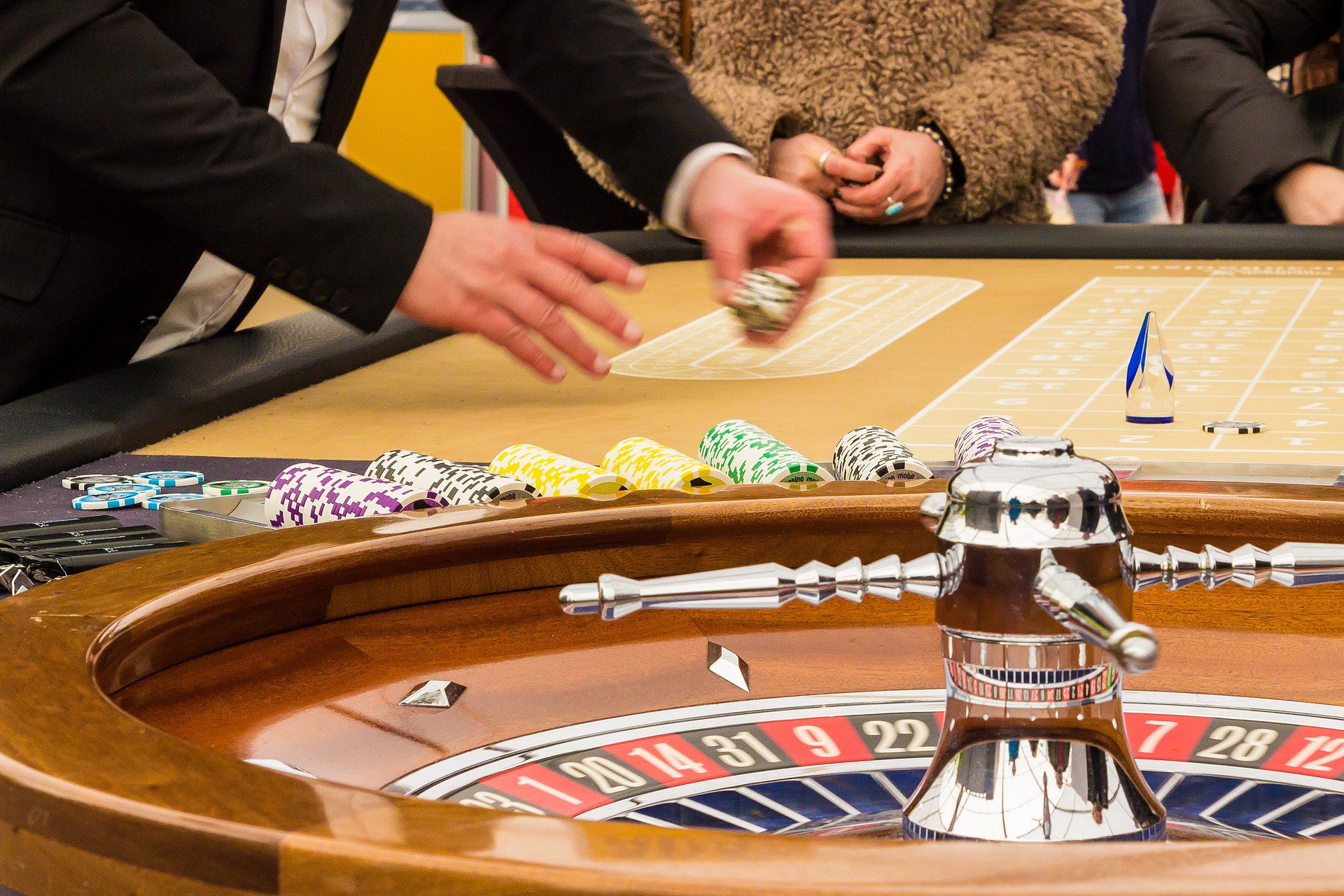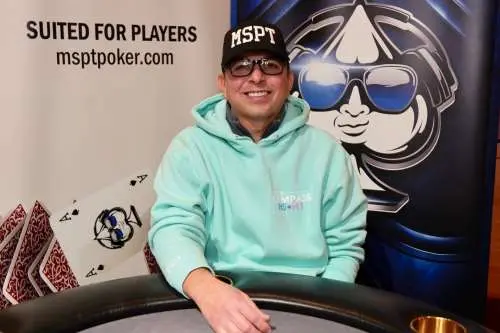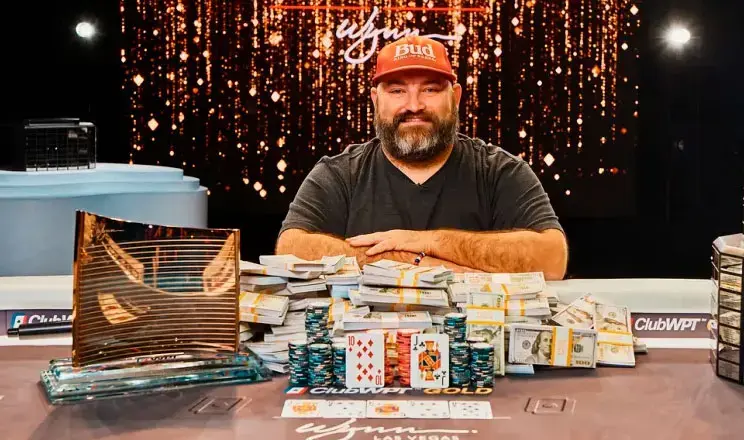Some regular players speculate that Maryland will legalize online casinos soon. Even so, a new study shows that the state should take certain measures to increase resources for players battling with compulsive gambling. The existing resources aren't meeting such players' needs now.
Still, the state has a low awareness level amongst its residents about its resources and their accessibility. Besides, adding more money to problem gambling isn't enough to address it.
What Are the State's Current Strengths?
The Maryland General Assembly's Office of Program Evaluation and Government Accountability formed an Evaluation of the Center of Excellence on Problem Gambling a few days ago. It focuses on the resources that the state uses to treat problem gambling victims.
Even so, the research has several positive conclusions. It indicated that players are more aware of various ways that they can seek help to overcome gambling addiction.
Maryland has a large problem gambling budget compared to most states in the country. Even so, the state hasn't allocated funds for non-cost treatment services.
How the State Should Improve
Maryland hasn't depleted its funds for treating players struggling with problem gambling. But, some of them aren't getting help because they are using channels that the state isn't involved in.
Yet, the study didn't account for this issue. Instead, it shows that the number of local players seeking treatment is on the rise. The study specifies that the state's problem gambling helpline had a 51 percent increase between 2020 and 2022.
Surprisingly, the number of residents accessing no-cost treatment services during that period dropped by 11 percent. But, the state might broaden its gambling industry in the future.
What Is Online Casino Legislation's Fate in Maryland?
The Maryland Lottery and Gaming Commission declared in June that it will research the impact of legalizing online casino games in the state after lawmakers introduced an iGaming bill a few months ago. The study proposes Maryland make extra interventions before allowing online casinos.
High travel costs and geography are among the main challenges that players face while seeking problem gambling treatment. Most of the treatment providers are in popular areas, yet four Eastern Shore counties don't have a provider. Still, regions with treatment providers have a high ratio of providers to the population.
For example, a treatment provider in Southern Maryland serves 72,944 people, while one in Eastern Shore serves 35,309 residents. Most of the residents don't need treatment. But each provider will have to treat hundreds or thousands of citizens if almost nine percent of Maryland's adults can access the services.
How Can the State Increase its Resources?
Maryland compensates treatment providers who engage in its No-Cost Network for gambling treatment. The researchers state that this might be contributing to a rise in the number of treatment providers.
They urge the Behavioral Health Administration to offer the center a list of behavioral health service providers who use Medicaid.




